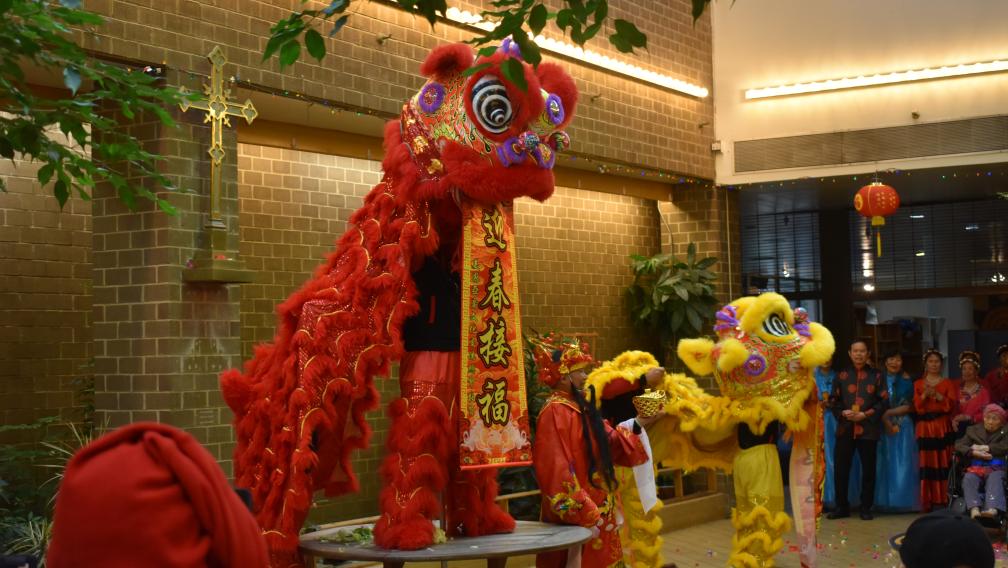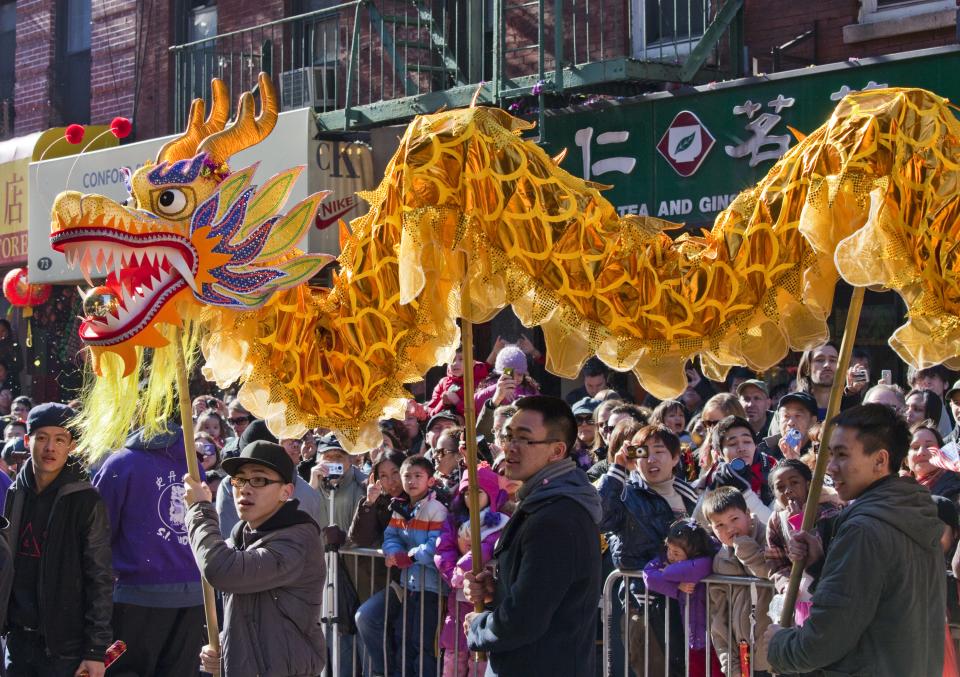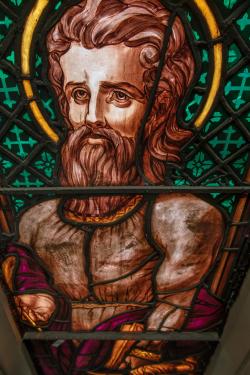Red lights and paper cutouts have been taken out of the closet at St. Margaret’s House, the subsidized apartment community for older and disabled adults sponsored by Trinity Church Wall Street, as decorations to welcome the Year of the Ox.
Lunar New Year is the most important period on the Chinese calendar. The celebration starts on February 11, Lunar New Year’s Eve (除夕), and continues until the Lantern Festival on February 26, the 15th day of the first month on the Chinese lunar calendar. Parades and lion dancing are the most popular celebratory events in New York City’s Chinatown around this time.
This year is different. Because of the raging COVID-19 pandemic, each of the more than 300 residents at St. Margaret’s House will receive a red gift bag with water and snacks, like last year, but no gathering or lion dancing will take place. Families are allowed to visit, but mask-wearing and social distancing are required in any public space.
“[The residents] have complained to me that, ‘I don’t know when I can get rid of my mask’,” says Gaik Sim Khoo, Occupancy and Housing Compliance Manager at St. Margaret’s House.
Wearing a mask is the new norm, and enduring the trouble and even suffering to get through this difficult time — like an ox — is the new badge of merit.
The ox (丑牛) is the second of all zodiac animals, after the rat and before the tiger. However, the ox was supposed to be the first. According to Chinese mythology, the animals were invited to a party by Emperor Jade (玉皇大帝), and the zodiac numbers were to be decided based on the order in which they arrived. The ox was ahead of everyone, but the rat tricked the ox into giving him a ride and ended up being the first animal to arrive.
From this myth, we learn more about the qualities and characters of the ox: honest, hardworking, reliable, and never demanding. One of the most famous Chinese writers and revolutionaries, Xun Lu (魯迅), describes the resilient people who work for the public with a metaphor of the ox, “With thousands pointing fingers, I bow my head and serve as a willing ox” (橫眉冷對千夫指,俯首甘為孺子牛). Today, Chinese people still give the nickname “old ox” (老黃牛) to people who work hard or sacrifice without complaining. Chinese parents hope that their babies who are born in the ox year will have the same qualities.
The virtues of the ox are not only appreciated by Chinese people, but also recognized and valued in Western culture. Ezekiel 1:10 references an ox: “As for the appearance of their faces: the four had the face of a human being, the face of a lion on the right side, the face of an ox on the left side, and the face of an eagle.”
Because the third Gospel account begins and ends in the temple, the site of animal sacrifice in biblical times, St. Luke the Evangelist, the author of that Gospel and the Acts of the Apostles, is often symbolized by a winged ox or bull, which represents sacrifice, strength, and service.
This ox year may have had a challenging start, but light and hope are coming. More than 200 residents at St. Margaret’s House have already received the first dose of the COVID-19 vaccine.
“We have six pharmacists here, plus CVS staff, to help vaccinate everybody,” said Claire Guerette, Executive Director at St. Margaret’s House, “The second vaccination clinic is [this month].”
For the residents at St. Margaret’s House, receiving the vaccine might be an even better gift than the red packet on this Lunar New Year. Hopefully, we can celebrate the Year of Tiger with hugs and no masks if we all take responsibility like an ox this year.


